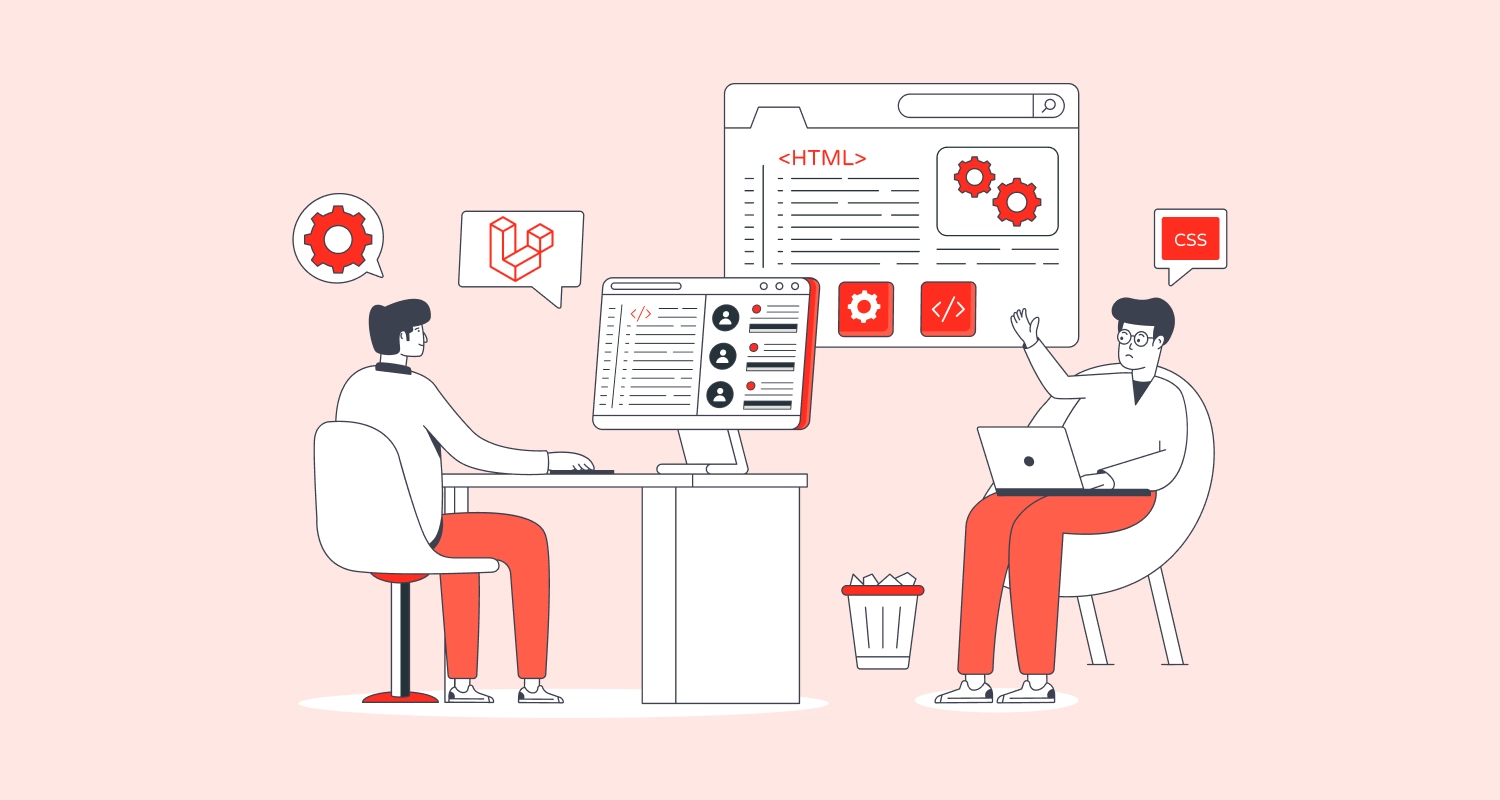Most companies are now making big money on system resources just as data became the new oil. But the existing enterprise information systems (EIS) that served them for storing data cannot just be put aside and instead they can only think of making their existing IT system evolve. This is where the role of Service Oriented Architecture (SOA) comes as important.
Service-Oriented Architecture (SOA) has actually been an old idea to allow services over the network. Over the years with the increasing growth and proliferation of the web, SOA continued to gain more traction in the enterprise IT world. SOAs that are mostly offered as web services can offer numerous advantages for any company.
Here throughout this blog post, we are going to explain why SOA is the right software product architecture and the key benefits of the SOA.
What Is Service-Oriented Architecture (SOA)?
Service-Oriented Architecture (SOA) refers to a style of software architecture that allows software components to work as services for other components by using web-based communication. This architecture basically facilitates communication among various services. Any web and Digital Product Development Company these days finds this architecture suitable for its software solutions or web projects.
Core Values of Service-Oriented Architecture
In this respect, it is important to remember that Service-Oriented Architecture (SOA) may vary across businesses. The core values or key characteristics of the service-Oriented Architecture include the following.
- Enterprise benefits
- Meeting strategic business objectives
- Interoperability
- Shared services
- Flexibility
- Evolving to get better
How Service-Oriented Architecture (SOA) Works?
Basically, the SOA architecture is built by key roles such as service provider; service broker, service registry, service repository; and service requester/consumer. Understanding each of these roles is important to get an idea of the SOA in full.
The service provider in the SOA plays its role in collaboration with the service registry and facilitates questioning the rationale and process of the provided services. The questioning revolves around various aspects such as availability, security, chargeable services, etc. This is where the category of the services is also defined and the need for trading agreements is also evaluated.
Now let us spare a few words on the service broker and the service requester. When a service is requested the service broker shares all the information regarding the service. On the other hand, the service requester finds the entries concerning the requested service in the registry of the broker and binds this information to the service provider. Based on the service requester capacity, access to a number of services is controlled.
Learn: Using Serverless Architecture: Technology Choices and Leading Service Providers
Advantages of Service-Oriented Architecture (SOA)
Service-Oriented Architecture (SOA) typically uses the procedure-call model which is apparently common in structured programming. This model is known for its capability to set standards for the business process automation and uses ensuring optimum data security and governance. Apart from this, SOA offers an array of other advantages as well that include the following.
- Service-Oriented Architecture (SOA) allows the reusability of the services across diverse applications. This becomes possible because the SOA services are put in a repository and are made available on-demand with some constraints to data governance. This reusability of the services helps business organisations make time savings and keep the cost of development lower.
- Since all the services are maintained by SOA as independent and self-sustained ones, changing and updating them from time to time without affecting other services becomes very easy.
- SOA is also widely known for promoting interoperability. By using a standard protocol, platforms are capable of facilitating transmission of data from the clients and services and vice versa irrespective of the languages used in developing them.
- One of the greatest advantages of SOA is that it ensures making services available to every service request.
- Because of handling small services with independent stature, the testers don’t need to handle apps with large codebases and that ensures optimum reliability.
- SOA facilitates running the services across a multitude of servers ensuring optimum scalability. Moreover, it uses a standard protocol to facilitate easier and minimum communication between the services and clients. This ensures scaling up any app easily.
The Key Disadvantages of Service-Oriented Architecture (SOA)
In spite of all the advantages that continue to make SOA popular among development companies and enterprise IT strategists, the architecture also has its own shortcomings and disadvantages. Some of the key disadvantages of SOA include the following.
- As for implementing SOA with web services involves a lot of complexities and compatibility issues relating to the Restful API.
- Deploying Service-Oriented Architecture (SOA) needs a big investment initially.
- With SOA, managing diverse services becomes a little too complex just because tracking millions of messages between services becomes very difficult.
- Whenever interactions take place between services the parameters corresponding to input are evaluated and this increases loading time and slows down the performance.
How to Implement Service-Oriented Architecture (SOA)?
Now that we have planned the SOA in terms of its key practices, advantages, and disadvantages, it is important to have a comprehensive understanding of how it can be implemented. As for implementing a service-oriented architecture (SOA), you have a multitude of technologies at your disposal. The choice of technologies will obviously depend upon your objective and the outcome you are driving for.
In most cases, Service-Oriented Architecture (SOA) is deployed along with web services and this allows making the functional development blocks available for web projects. Over time this helped the emergence of some useful protocols like SOAP or Simple Object Access Protocol. This messaging protocol allows the transmission and exchange of structured data for deploying web services. For more than a decade it became a hugely popular and well-acclaimed protocol. Some other major protocol options for deploying Service-Oriented Architecture include REST, Jini, COBRA, and several others.
In spite of these deploying technologies that are popular in the market, we must note that SOA is capable of running as fully independent technology free of any dependence on other technologies. Moreover, Service-Oriented Architecture (SOA) can also be deployed in multiple ways.
Conclusion
With the awesome benefits that Service-Oriented Architecture (SOA) offers to the developers and enterprise IT processes, it deserves to remain popular. As of now, SOA seems to be powerful enough to stand the test of the future and is likely to remain popular.











